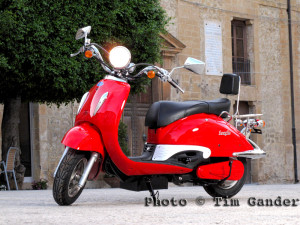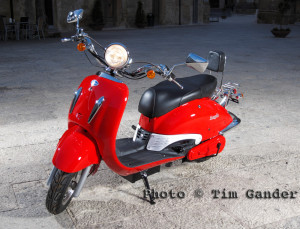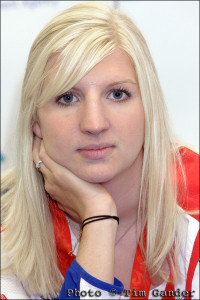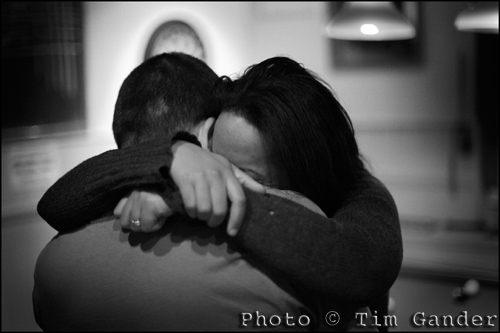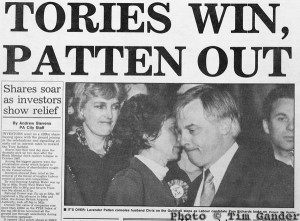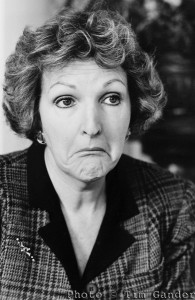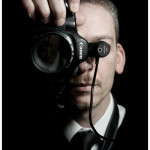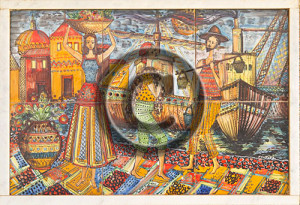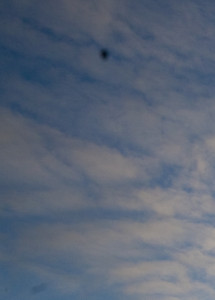Which do you prefer? Big, fat, crunchy chips, or crispy, delicate, skinny fries? Personally I go for either, so long as they’re cooked well and not dry and mealy.
Of course this is a clunky metaphor for the chips in digital cameras, a subject I’ve covered before, but this time I’m going to demonstrate the difference between a large chip on the Canon 5D (identical in size to a 35mm film negative) and the smaller chip in the Canon G11 compact camera and how this relates to depth of field in photography (how far behind and in front of the point of focus is also sharp). Now bear in mind I’m not talking about the pixel count, but the physical size of the chip.
Also, this isn’t a camera review. You can read dozens of those on sites such as dpreview.com which do a grand job of organising all the geeky info, doing bench tests and what-have-yous. I merely want to show the difference that chip size has on how pictures look.
So to continue the foodie theme, let’s get to the meat of the issue. Here you see two very similar photos. One taken with the Canon 5D (a full-frame SLR) and the other with the G11 compact camera.
What you’ll notice is that the background in the shot taken with the 5D is much more out of focus than the shot taken with the G11. Factors which affect this depth of field are aperture, lens focal length and chip size.
The focal lengths aren’t massively dissimilar; 135mm on the 5D, 115mm on the G11, and the apertures are f5.6 and f4.5 respectively. But the biggest influence on making the bike “pop” out of the background is the effect of the chip size on depth of field, and this is where the D5 has more control. Not necessarily a bad thing that the G11 will always have a deeper depth of field. It means more of the bike can stay sharp, while the lens can use a larger aperture and gather more light to gain the same exposure.
Photographers will use a fine depth of field to emphasise certain elements of an image, but other tricks can be used when you have less control of depth of field, such as switching to a more dramatic lens angle and simplifying the background, which is what you see in the photo below.
I said this isn’t a camera review, but I have to say I was very impressed with the G11 once I’d learned how to squeeze every ounce of quality out of its tiny chip. It’s not as quick as an SLR, but if you can anticipate well it’ll give you results you’d find surprising. I love that I can trigger my portable studio lighting using wireless triggers on the G11’s hotshoe, and that I can fire flash at higher shutter speeds than are available in normal flash modes on the D5. The only downside is that pulling the image up to 100% on screen shows the quality difference between the G11 with its tightly packed 10 million pixels, and the D5 with 12.8 million with more room to breathe on a bigger chip, but for web images it’s stunning.


